Servo S10 Pro mini rugged smartphone
Where to buy
Banggod sells the Servo S10 Pro for $145.99 at the time of writing. Note that, while this price includes delivery, it is exclusive of any taxes that may be levied by the relevant authorities or the courier companies on behalf of the vendor.
It’s been a bit more than two years since we reviewed the Unihertz Atom, the first and until recently, the only rugged mini smartphone. Its initial Kickstarter price, $159, attracted a lot of interest, with more than 5,000 backers pledging a staggering $1.3 million. Tiny rugged smartphones may not seem so much of a niche market after all. The Servo S10 Pro is the second smartphone targeting that audience, one that has an even cheaper price, $145.99.
- Want to buy tech from online Chinese retailers? Read this first.

Design
At 97.8 x 51.4 x 15.5 mm, the S10 Pro is slightly bigger than the Atom. It is solidly built with a blend of metal and rubber, reinforced by a metal frame. The front screen is an oleophobic one that is a fraction of a millimeter higher than the surrounding border. As a result, should it fall down flat on a hard surface, it stands a bigger chance of being damaged, especially as the glass used doesn’t seem to be a Corning Gorilla glass.
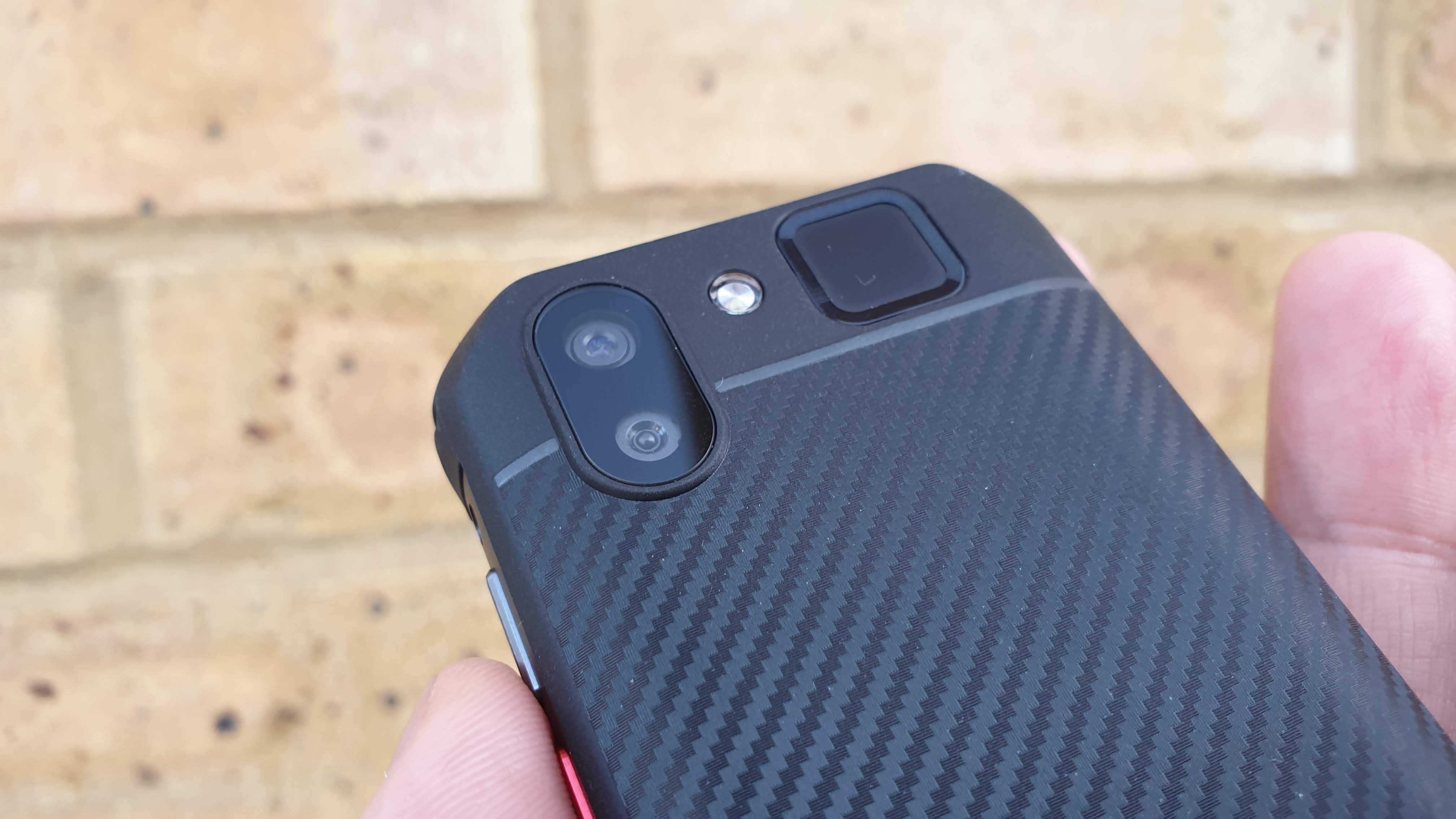
The rear of the S10 Pro contains what looks like two camera sensors (although the spec sheet lists only one); there’s a flash and a fingerprint reader with a patterned, textured finish covering most of the back. The four corners of the phone have thicker, reinforced rubber material to absorb any shock from a direct fall.
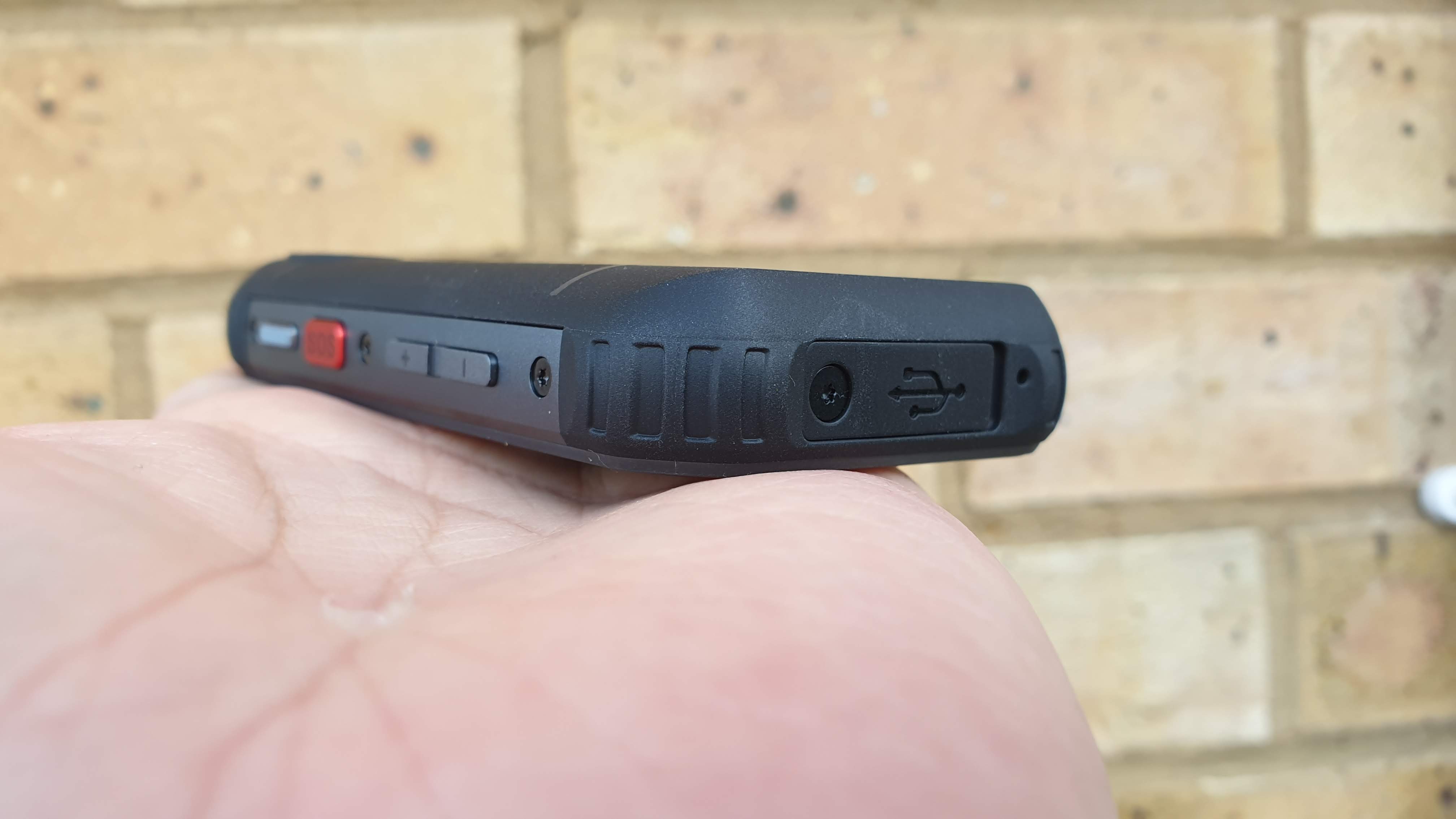
The bottom of the phone houses a Type-C USB port covered by a flap. On the left flank of the phone are located the SIM tray that can house two SIM cards and a microSD card (not simultaneously though), a big red PTT (push to talk) button and a dedicated camera button.
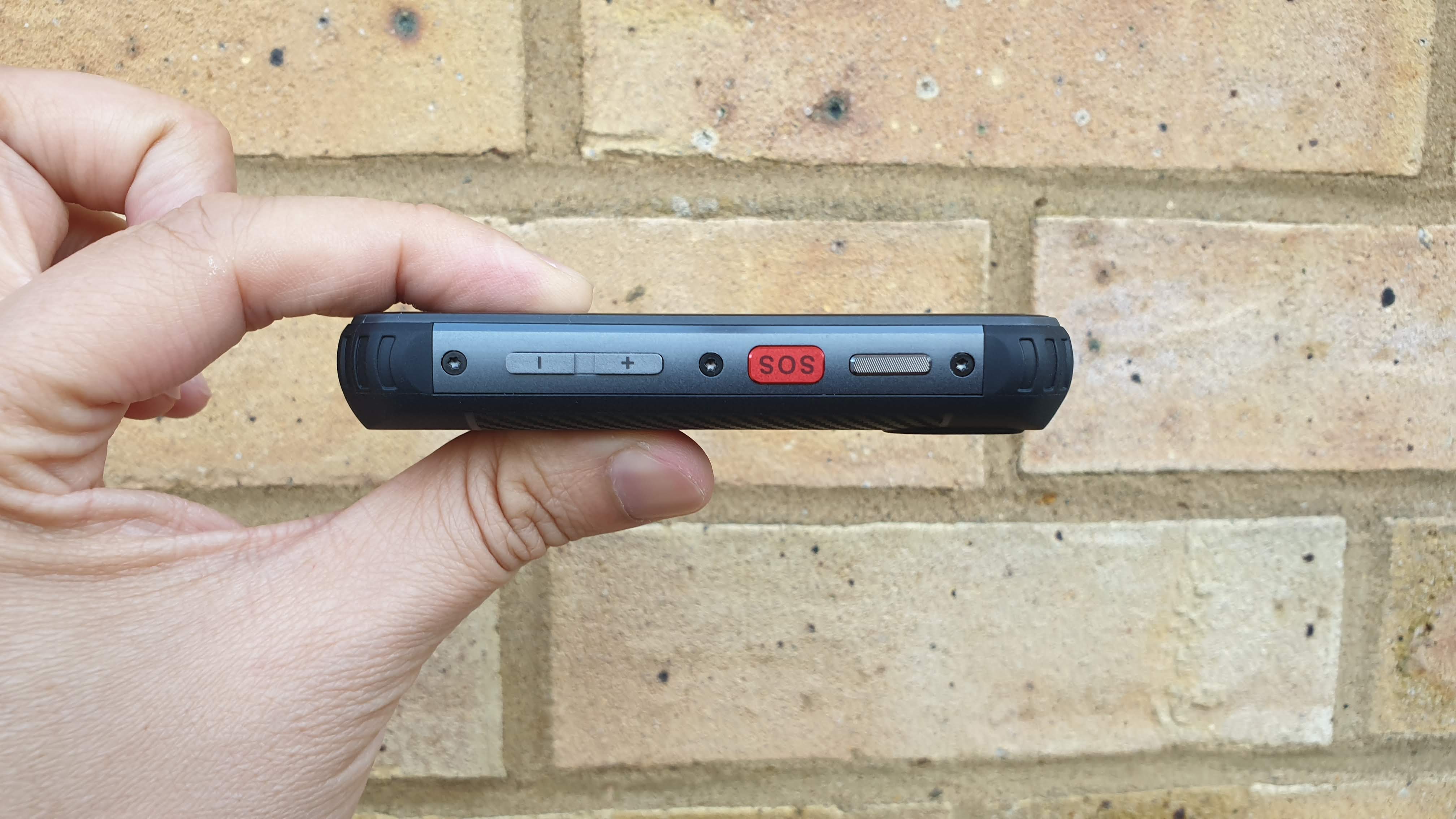
The right side of the S10 Pro contains a red SOS button, the power button and a volume rocker. The top of the device is empty and there’s no audio port. Overall it looks like countless other rugged smartphones we have looked at (down to the star-shaped screws) only much, much smaller.
While the device is rated IP68, we don’t know whether it has been tested or certified. Servo does say that the phone will survive a fall of 1.8m and can be immersed in water.
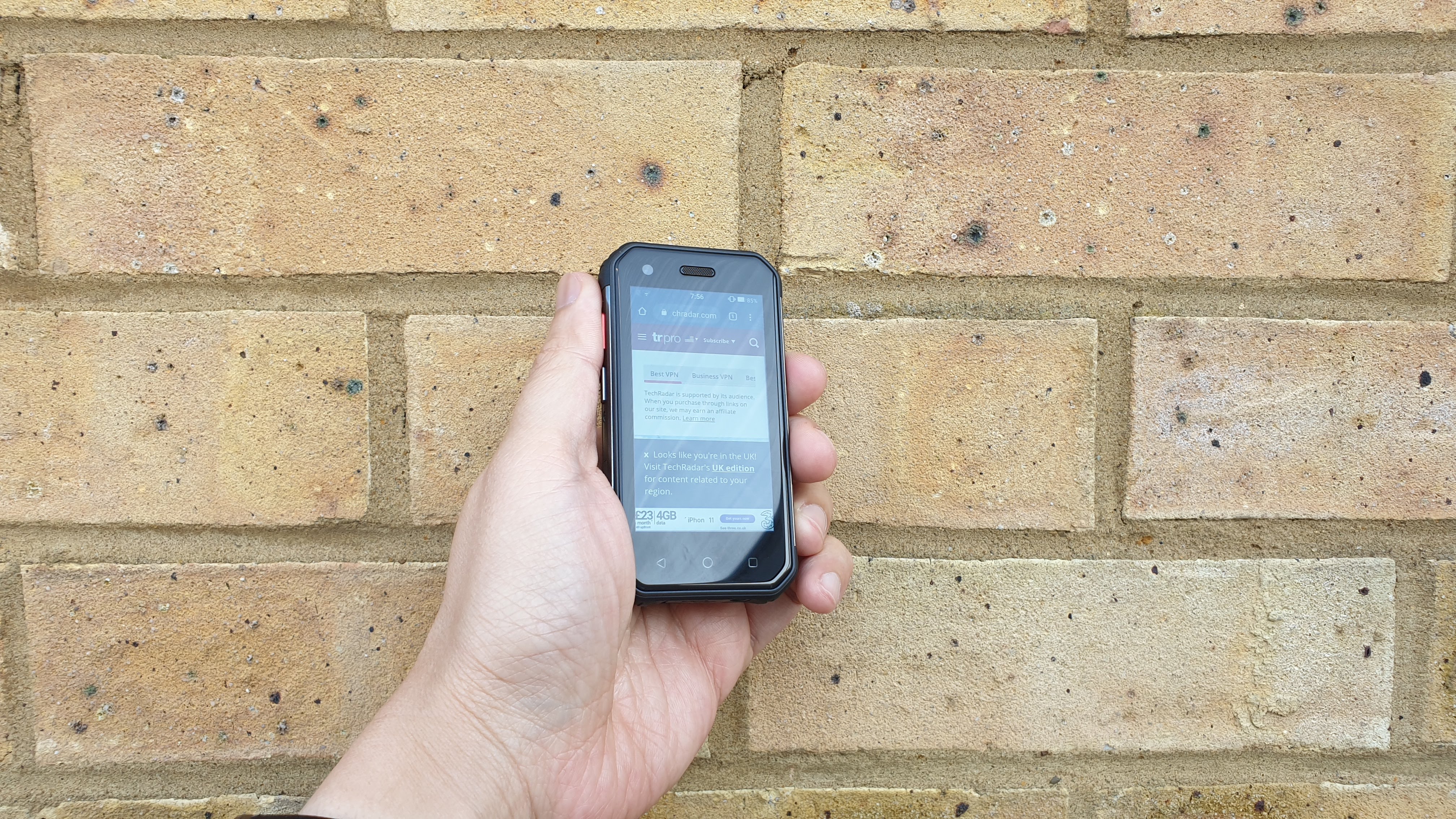
Hardware
While the exterior looks of the S10 Pro look promising, the inside is where most of the cost cutting has been done, revealing the true, entry-level nature of the device. It runs on a quad-core Mediatek processor, a 4G model using Cortex-A53 cores with a Arm Mali-T720 GPU.
There’s 3GB of RAM and 32GB onboard storage, which is the absolute minimum you want these days either for Android or for Windows (laptops). The front facing camera is a 5-megapixel candidate while the rear is a 13-megapixel one.
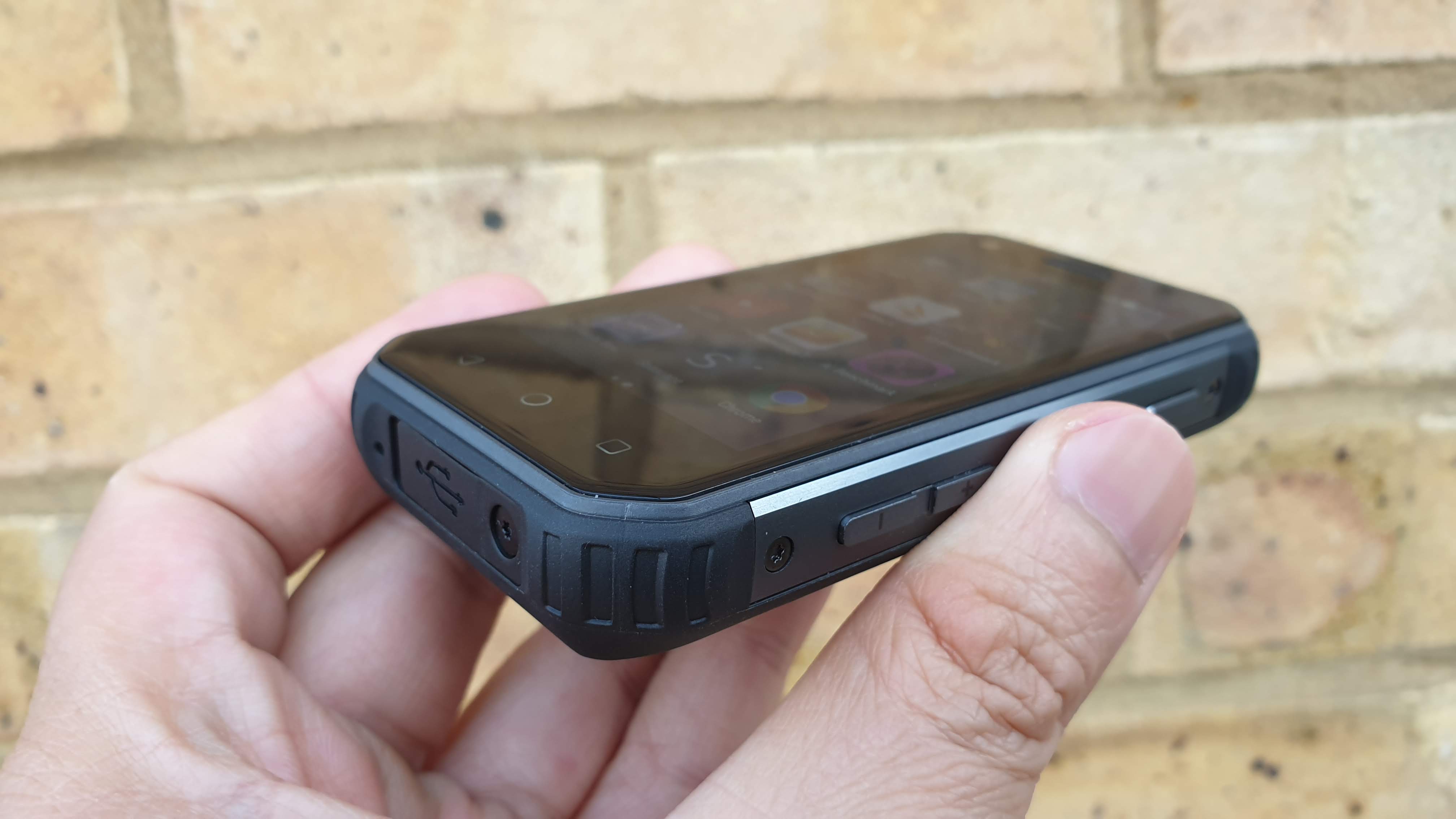
The 3-inch display has a resolution of 854 x 480 pixels, otherwise known as WVGA or 480p. Elsewhere, there’s 802.11n Wi-Fi, Bluetooth and a 1,800mAh battery. We’re surprised to find NFC functionality and facial recognition on such a cheap smartphone
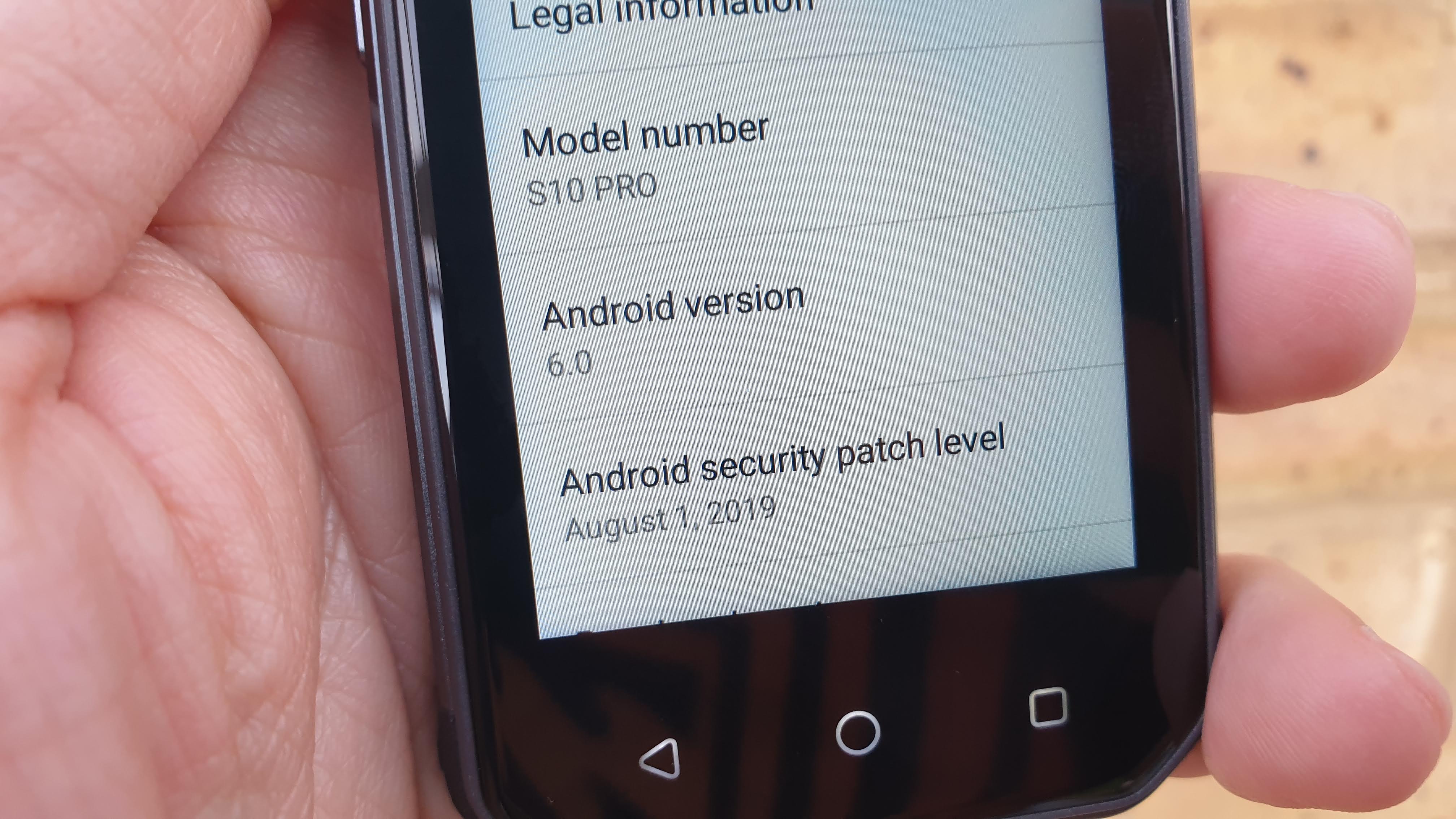
In use
The biggest flaw of the device is that it runs Android 6.0. That’s right, the S10 Pro is based on an operating system that was launched back in October 2015, nearly five years ago. It must be noted however that the Android security patch level dates from August 2019.
Using the Servo S10 Pro can be a bit daunting as there’s no home screen. You essentially land on the App drawer section when you start the phone or when you unlock it, with all the apps lined up in a random fashion, 12 of them per page.
Spec Sheet
The Servo S10 Pro that was shipped to us came with the following hardware:
CPU: MT6737 Quad Core
GPU: Arm Mali-T720
RAM: 3GB
Storage: 32GB
Screen size: 3-inch
Resolution: 854 x 480
Weight: 550g
Dimensions: 97.8 mm x 51.4 mm x 15.5 mm
Rear camera: 13MP
Front camera: 5MP
OS: Android 6.0
Battery: 1,800mAh
Why Servo adopted that antiquated operating system is puzzling as it has no justification. In addition, there’s no Google Web Services which will frustrate many users as it means, no Gmail, no Chrome and no Hangout out of the box.
In addition we couldn’t get the PTT button to work as it may require additional software. There was no hint on that in the supplied manual. The old operating system combined with the screen resolution means that you are more likely than not to come across compatibility issues as we did with our benchmarks.
And lest not forget, there’s the intrinsic issue of performing common tasks on such a small screen. Typing an email, entering passwords, even a basic Google search can rapidly turn into a bit of a nightmare, especially in winter when wearing gloves.
The competition
The Atom and the Atom XL, which we both reviewed, are much better alternatives if you are after small rugged smartphones. The former is smaller, has more system memory, twice the storage and a much more recent operating system. On the other hand, it costs almost two-thirds more at $260.
Final verdict
A potential scenario where the S10 Pro could prove to be useful is using it as a base unit connected to a keyboard/mouse and to an external monitor. Shove in a 4G SIM card and presto, you have an emergency, Android powered personal computer. We haven’t tried that configuration using cables (Miracast doesn’t seem to be an option).
It can also be used as an affordable water resistant hotspot that can also play music over bluetooth and make emergency calls when needed.
All in all, we advise against buying the S10 Pro. We issue such warnings sparsely but in this particular case, we have no real choice. It was a promising product, at least on paper but the choice of Android 6.0, the lack of GMS and home screen means that the user experience will be abysmal. Avoid!
- We've also highlighted the best rugged smartphones
Comments
Post a Comment